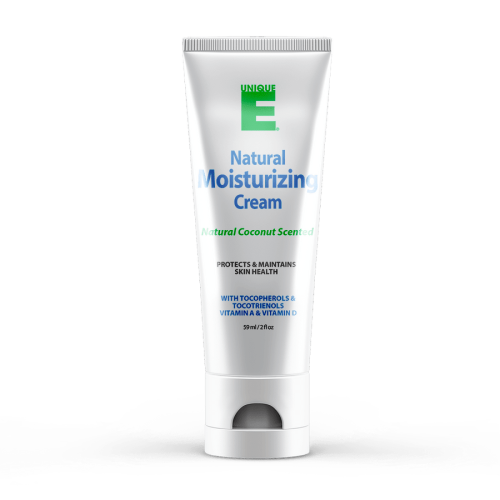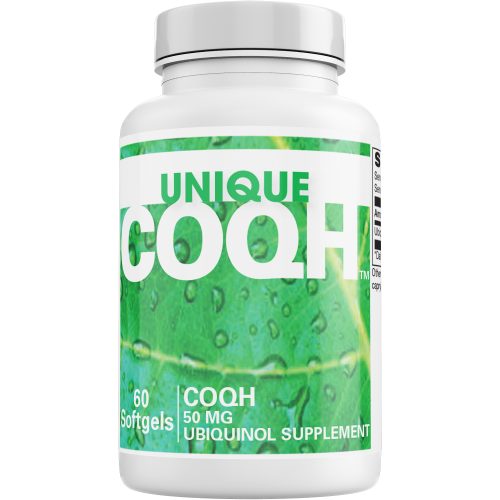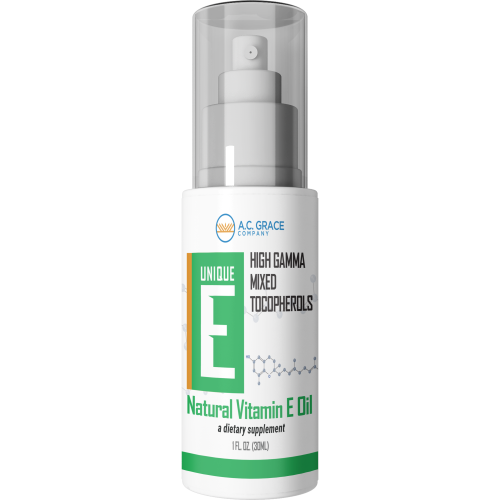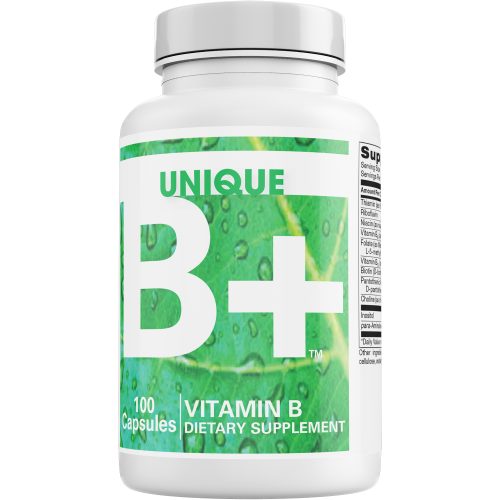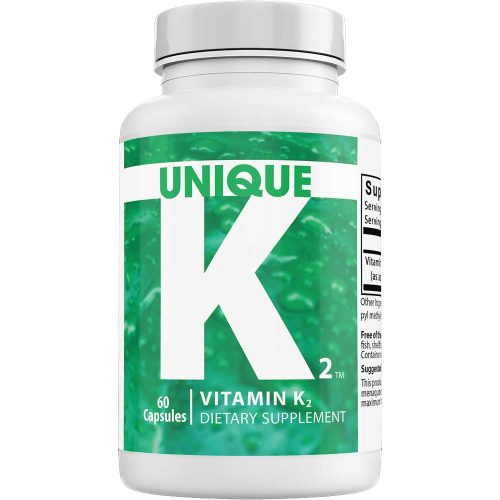
Getting ready to pick up the vape and relax? You should think twice before taking a drag. Vaping illness due to “bootleg” e-cig liquid can cause lung injury, called E-cigarette or Vaping Use-Associated Lung Injury (EVALI). Not only can this cause permanent damage to your lungs, it can even land you in the hospital. In some cases, patients have died from EVALI.
Why are some vaping products more harmful than others? Scientists have discovered that the presence of Vitamin E acetate in vaping liquids is the likely culprit behind the new illness. Fortunately, not all e-cigarette products contain Vitamin E acetate, but you still need to proceed with caution when vaping.
Here’s what you need to know about the role of Vitamin E acetate in certain vaping products and why you need to avoid them.
Vitamin E is a common additive in e-cig liquids
Besides nicotine, e-cig liquids can contain many harmful and potentially harmful ingredients. Just a few of these include volatile organic compounds (VOCs), flavorants including diacetyl and even heavy metals. Many e-cig liquids also contain Vitamin E, which may sound harmless—it’s an essential nutrient we all need for a healthy life—but it can be incredibly harmful when vaped.
Vitamin E, in the form of Vitamin E acetate, is a common additive for many e-cig liquids, particularly those that contain marijuana extract, or vapes that contain THC. This oily chemical is used as a thickening agent for the liquid, meant to improve consistency. Unfortunately, this single ingredient has been identified as a potential toxin of concern by the Center for Disease Control and Prevention (CDC) due to its harmful effect on the lungs.
What happens when you atomize Vitamin E?
Vaping involves the atomization and inhalation of a liquid. The two primary types of vaping liquids contain either nicotine or THC, but it’s the THC products that pose the most cause for concern in terms of vaping illness.
During vaping, a person uses an e-cigarette or vape pen to heat liquid in the chamber inside, turning it into a vapor that’s inhaled. Most vape liquids contain propylene glycol and glycerol as the ingredients that create the vapor, along with the nicotine or THC. Black market or “bootleg” THC liquids also contained Vitamin E acetate to “cut” the cannabis in the liquid while still maintaining appropriate consistency. When inhaled, Vitamin E acetate damages the lungs.
Some experts even argue that high temperatures achieved by vaping can be a catalyst for the Vitamin E to produce a toxic gas called ketene, which can cause severe lung damage in small doses and death in large doses. In short, vaping products containing Vitamin E acetate should never be inhaled, in any concentration.
Vitamin E isn’t meant to be inhaled
It’s clear that Vitamin E simply isn’t meant to be inhaled. Vitamin E acetate in particular has a natural ability to remain in the lungs long after inhalation, causing complications and damage to the tissue. Atomization of Vitamin E changes the properties of the liquid, creating unpredictable and unstudied effects—especially when it comes to sensitive lung tissue.
Recent vaping illnesses, particularly those that involved e-cig liquid containing THC, led to increased scientific interest in the health impact of vaping. The one thread that connected every severe case of vaping-related illness involved products that included Vitamin E acetate as a binding ingredient.
During their research, scientists found that Vitamin E acetate likely plays a role in the potentially fatal syndrome EVALI. X-rays of patients with this condition showed signs of oily chemical irritation of the lungs. That doesn’t mean that Vitamin E acetate is the only chemical causing lung injury after vaping, but lung samples of patients who experienced the condition all contained some amount of the additive.
Studies about the exact nature of this illness are ongoing, but one thing is evident: Vitamin E isn’t meant to be inhaled or taken into the lungs in any capacity.
Not all e-cigarette liquid includes Vitamin E
Nearly all cases of vaping illness were associated with “unofficial” products, such as vaping cartridges or e-cig liquid purchased off the street. While inhaling any substance carries potential risk, there are ways to ensure you’re not purchasing products with harmful Vitamin E acetate.
Only buy e-cigarette liquid from reputable stores, since the products must adhere to strict regulations. They’re tested to ensure that all potentially harmful ingredients, including Vitamin E acetate, are not included in the liquid, helping you avoid potentially deadly lung illnesses. If you’re going to vape, vape only approved products.




